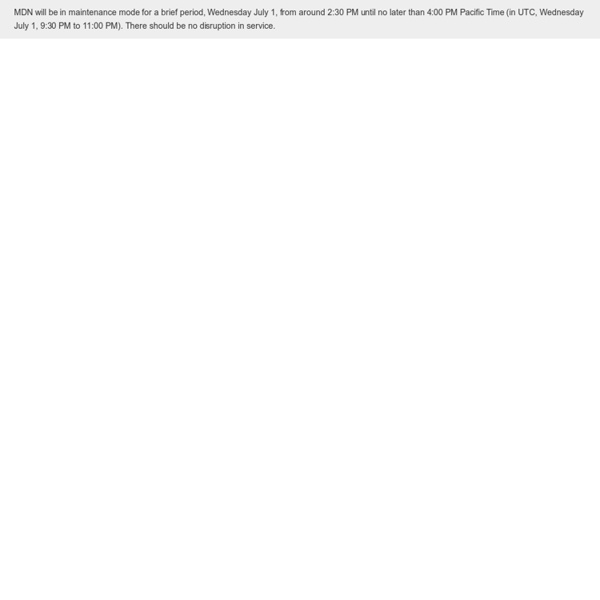



Cómo empezar con Webpack Webpack es un sistema de bundling para preparar el desarrollo de una aplicación web para producción. En cierta medida se puede considerar un Browserify avanzado ya que tiene muchas opciones de configuración. También se puede considerar una evolución de Grunt y Gulp, ya que permite de alguna manera automatizar los procesos principales que son transpilar y preprocesar código de .scss a .css, de ES7 a ES5/6, etc... Para poder utilizar Webpack en tu proyecto web debes tener instalado Node.js en tu equipo y con el comando npm install -g webpack tendrás Webpack instalado de forma global en tu equipo (También puedes instalarlo a nivel de proyecto y correrlo con NPM scripts). El comando más sencillo para realizar un bundle de tus archivos JavaScript es el siguiente: $ webpack . Este comando lo que hace es leer tu fichero index.js que sería el principal de tu aplicación e importar todos los módulos que estén definidos y crear el fichero de "producción" app.js en la carpeta build. <! Hola!
Web Literacy Basics I | 2. Ping Kong Learning Progression In this lesson, your learners will: Watch a video to learn how the internet works. Perform a skit or make a model to show how the internet works. Build and run through an obstacle course that models how information travels across the internet. reflect on their learning. You should... Do the activity on your own to become familiar with it. Ask learners to make specific guesses/bets for how long it will take for 5 packets to ping Google and come back. Quick Start Guide - Leaflet - a JavaScript library for interactive maps ← Tutorials This step-by-step guide will quickly get you started on Leaflet basics, including setting up a Leaflet map, working with markers, polylines and popups, and dealing with events. Preparing your page Before writing any code for the map, you need to do the following preparation steps on your page: Now you’re ready to initialize the map and do some stuff with it. Setting up the map Let’s create a map of the center of London with pretty Mapbox Streets tiles. var mymap = L.map('mapid').setView([51.505, -0.09], 13); By default (as we didn’t pass any options when creating the map instance), all mouse and touch interactions on the map are enabled, and it has zoom and attribution controls. Note that setView call also returns the map object — most Leaflet methods act like this when they don’t return an explicit value, which allows convenient jQuery-like method chaining. Next we’ll add a tile layer to add to our map, in this case it’s a Mapbox Streets tile layer. Markers, circles and polygons
ballercat/wasm-loader: WASM webpack loader GitHub - Famous/engine CodeMirror CodeMirror is an open-source project shared under an MIT license. It is the editor used in the dev tools for Firefox, Chrome, and Safari, in Light Table, Adobe Brackets, Bitbucket, and many other projects. Development and bug tracking happens on github (alternate git repository). Please read these pointers before submitting a bug. Discussion around the project is done on a discussion forum. A list of CodeMirror-related software that is not part of the main distribution is maintained on our wiki.
GitHub - codemirror/CodeMirror: In-browser code editor Famous Engine Guides | Guides | Famous Platform Welcome to the Famous platform guides. These guides cover all the concepts you need to know to start using the Famous platform. Diving in The best place to start, if you're brand new to Famous, is the guide on Getting Started. If you want to see a quick overview of Famous with minimal overhead, see the hello Famous section. Getting help If you're stuck on a problem or confused by a concept, visit our slack channel ( see: the Support section for details ), where you'll find both community members and Famous platform engineers on hand to answer questions and troubleshoot. Giving feedback We'd love it if you'd get in touch with us.
IDE 8.2 Release Information NetBeans IDE 8.2 provides out-of-the-box code analyzers and editors for working with the latest Java 8 technologies--Java SE 8, Java SE Embedded 8, and Java ME Embedded 8. The IDE also has a range of new tools for HTML5/JavaScript, in particular for Node.js, KnockoutJS, and AngularJS; enhancements that further improve its support for Maven and Java EE with PrimeFaces; and improvements to PHP and C/C++ support. NetBeans IDE 8.2 is available in English, Brazilian Portuguese, Japanese, Russian, and Simplified Chinese. Get NetBeans IDE 8.2 Download Documentation Use the following to get started with NetBeans IDE 8.2: New Feature Highlights See also the NetBeans IDE 8.2 New and Noteworthy page. Visit the NetBeans Release Roadmap.
GitHub - ympbyc/LittleSmallscript: JavaScript with Smalltalk's syntax Browserify GitHub - 0x7CFE/llst: LLVM powered Little Smalltalk.